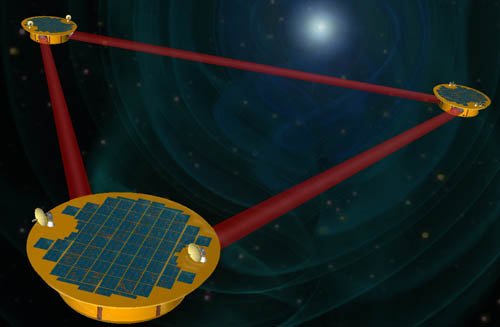The next great space telescope.
The next great space telescope.

Space telescopes are not all the same, they have different observation tools and instruments, in reality they are platforms equipped with different equipment and filters, there are observatories specialized simply in monitoring the sun, others in X-rays, others in radio waves, others in infrared which by the way is one of James Webb's many specialties.

Souce LISA
Other space observatories are dedicated to massive data surveys, an example was the Kepler space telescope, which entered service in 2009 and its mission ended in 2016. In those years, it simultaneously observed 150,000 stars and analyzed their brightness every 30 minutes to detect possible transits of planets.

Souce LUVOIR
This telescope will have an initial planned mission of about 10 years, with objectives very similar to Hubble, although it will be much more powerful and with much more modern technology, the Shun Tiang can observe an area of space between 300 to 350 times larger than what Hubble can do and it also has a novel feature, which no other space telescope has at the moment, and that is that it is designed so that it can take over the Chinese space station that will orbit at the same altitude as the telescope.

Souce Shun tiang
Thank you for visiting my blog. If you like posts about #science, #planet, #politics, #rights #crypto, #traveling and discovering secrets and beauties of the #universe, feel free to Follow me as these are the topics I write about the most. Have a wonderful day and stay on this great platform :) :)
0
0
0.000
Howdy partner! 🤠 This here blog post is as thrilling as a high-speed chase at sunset! Keep exploring the universe’s mysteries and sharing your knowledge. Yeehaw! 🌌
Thanks for your contribution to the STEMsocial community. Feel free to join us on discord to get to know the rest of us!
Please consider delegating to the @stemsocial account (85% of the curation rewards are returned).
You may also include @stemsocial as a beneficiary of the rewards of this post to get a stronger support.